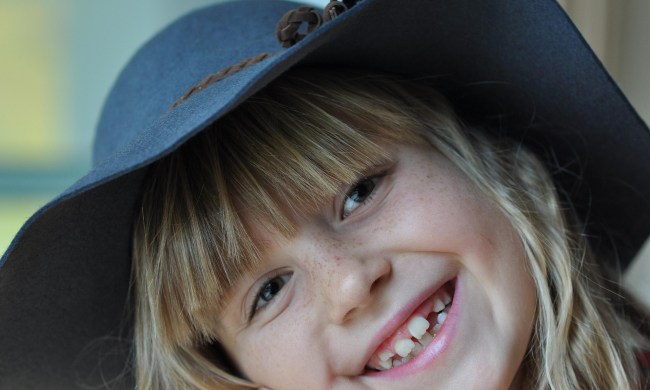Sleep regression is described as “The time when your baby’s sleep patterns shift, they wake up often during the night, and they have a challenging time going back to sleep, and if your baby is awake, so are you” according to Heathline.com’s physician-edited media outlet. This state of being in a baby’s sleep pattern can be exhausting and frustrating for new moms and dads. At this stage of the game, parents have likely fallen into what they felt was a good sleep rhythm and pattern, only to be surprised with fussy infants all through the night once again. It begs the question, “What is sleep regression?” More importantly, however, you might find yourself wondering how to fix it.
Regressive sleep patterns can begin around the age of 4 months, and when such a thing occurs, parents may feel defeated or outwitted by the drastic changes and routine disruptions to their little ones. It’s important to keep in mind, however, that these feelings are one hundred percent validated, and parents should not feel guilty over steps they view as taken backward. If you have noticed a disruption in your infants’ sleep, or a sudden shift from regular and steady napping or sleeping too little to zero napping or excessive lengths of time between sleep, keep reading to understand more about sleep regression and how to get through it.

What is sleep regression?
Besides the above-mentioned description of regressed sleep patterns in infants, pediatric physician hailing from the esteemed Cleveland Clinic, Dr. Noah Schwartz M.D., describes sleep regression as an occurrence “when your child who was sleeping really well — maybe even through the night — doesn’t anymore.” In other words, when they do a complete 180-degree turn from their normal and routine sleep patten. Constant waking, fussiness while laying down, refusing to settle down, or becoming inconsolable are all signs of regressed sleep in infants.
Regression usually occurs around the age of 4 months, when parents are just feeling their first big parenting victory as their precious little ones are finally sleeping through the night. Luckily for parents, sleep regression is not something every infant will experience. And in addition to that, sleep regression is also temporary. It does not last forever; we are so thankful to say.
What causes sleep regression?
At the age of about 10-12 weeks (about 3 months), infants begin to develop their circadian rhythm. A circadian rhythm regulates sleep, and time spent awake or asleep. It is a natural, internal clock that so many of us utilize in our daily lives to help us get up for work or go to sleep when we feel tired at night. Babies are not born with this rhythm, and it must be developed over time. This also happens to coincide with the time shortly after a routine has been developed by parents and guardians, only to be disrupted.
Dr. Schwartz goes on to say “As adults, we’re always cycling through stages of deep to light sleep. Newborns spend more time in deep sleep. But around 4 months, their sleep ability begins to mature and become more like an adult’s. They start to go into these lighter phases of sleep where they’re more prone to waking up.”

How to work through infant sleep regression
While there is no finite answer for how you and your baby should go about curbing their newly discovered sleep pattern disruption, there are a few tips and tools parents can implement instead.
- Cry it out – While this method can be considered controversial, it’s still a recommended technique for sleep training an infant. Allowing a child to self-soothe gives them the tools needed to do so in the future. If a baby gets accustomed to a parent or caregiver picking them up to soothe each time they cry out, the child will become used to that action and require it every time. It’s not for every parent, but the method does harbor results.
- Drowsy sleep – By allowing your baby to become drowsy, but not totally asleep when being placed into their beds, infants can begin to learn how to fall back asleep on their own and under their own power.
- Get a routine down – Parents will quickly learn a routine will keep them sane, especially when it comes to kids. Schedules, work, and social life can become overwhelmingly fast-paced, and then kids are thrown into the mix. By having a routine down, both you and your baby will have the peace of mind of knowing what’s going on.
- A few others are: keeping the room as dark as possible, attending to their middle of the night feedings or diaper changes as quickly and quietly as possible, avoiding play while in the room for any check-ins, and taking sleep cues from your baby, such as eye rubbing or general fussiness.
These tips, tools, and techniques are all based on expert advice, but by no means are they exact and most perfect ways in which parents should handle this type of issue with their little ones. Please seek the advice of experts such as your child’s pediatrician to discuss all struggles pertaining to their care, as they will have the most accurate information and resources based on your child’s individual needs.



